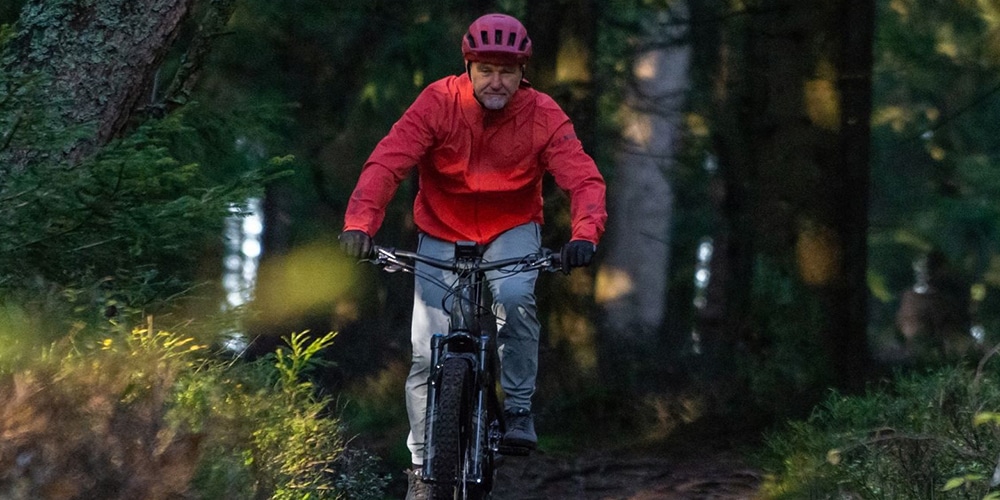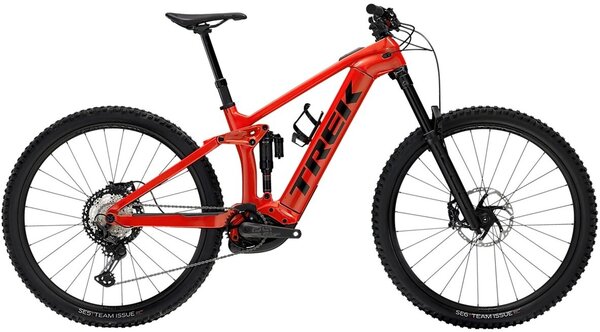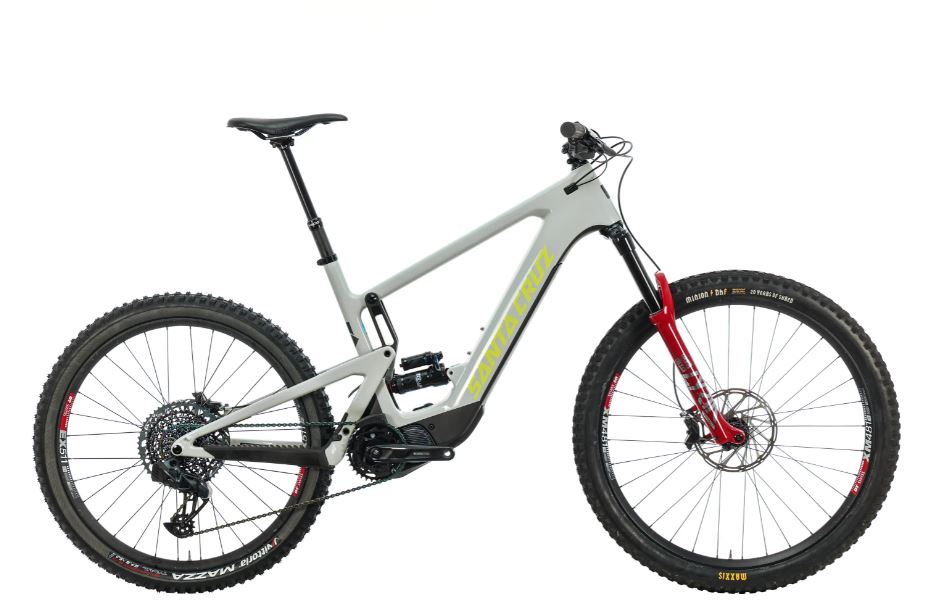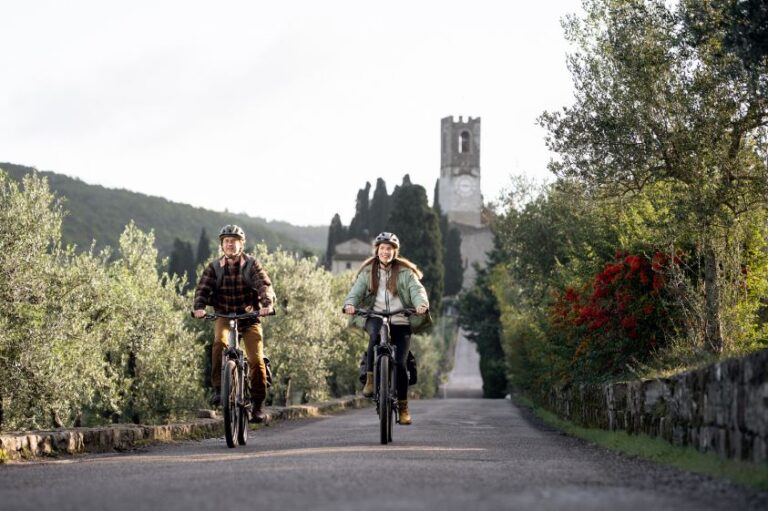Choosing the Right Tire Choices for Mountain E-Bikes Adventure

Key Point Summary of Tire Choices for Mountain E-Bikes:
- Tread Pattern for Diverse Terrains: The right tread pattern ensures grip and stability across varying surfaces.
- Tire Pressure for Optimal Performance: Adjusting tire pressure can significantly impact traction, comfort, and control.
- Durability and Puncture Resistance: Durable tires with built-in puncture resistance are essential for rugged mountain trails.
The essence of mountain e-biking lies in the thrill of exploring uncharted terrains, conquering steep climbs, and navigating through technical descents. As a seasoned cyclist who has ventured through the rugged landscapes on mountain bikes, gravel bikes, and even the challenging courses of cyclocross, I’ve come to realize the pivotal role tires play in these adventures. For those new to the mountain e-biking scene or looking to elevate their ride, selecting the right tires is paramount. This guide is crafted to demystify tire choices for mountain e-bikes, highlighting key considerations for beginner to mid-level cyclists.

The Crucial Role of Tread Patterns
Tread patterns on mountain e-bike tires are designed to tackle specific types of terrain. From tightly packed dirt to loose gravel and wet mud, the choice of tread has a direct impact on your bike’s handling and performance. Tires with large, widely spaced knobs are ideal for muddy conditions, allowing the tire to shed mud and maintain traction. For rocky or hardpacked trails, look for tires with smaller, closer-spaced knobs that provide a smoother ride while still offering enough grip. The versatility of an e-bike means you may want a tire that balances these features, offering reliable performance across a broad range of conditions.
Navigating Tire Pressure
Tire pressure is a critical factor in mountain e-biking, affecting everything from traction to shock absorption. The added weight of an e-bike, combined with the demands of mountain biking, means that tire pressure needs careful consideration. Generally, lower pressures provide better grip by increasing the tire’s contact patch with the ground, which is especially beneficial on loose or uneven surfaces. However, too low pressure increases the risk of pinch flats and rim damage. Finding the sweet spot depends on your weight, riding style, and the tire’s volume and construction. Starting with the manufacturer’s recommendations and experimenting from there is a good approach.

Prioritizing Durability and Puncture Resistance
The rugged nature of mountain trails demands tires that can withstand the challenges without faltering. Durability and puncture resistance are key attributes to look for in mountain e-bike tires. Technologies such as reinforced sidewalls and multi-layered rubber compounds can help protect against sharp rocks and thorns. While these features may add weight to the tire, the trade-off for reduced downtime and increased confidence on technical trails is often worth it.
Making Your Choice
Selecting the right tires for your mountain e-bike involves balancing these key factors against your personal riding preferences and the typical conditions you’ll face. Whether you prioritize speed, comfort, or durability, there’s a tire out there that fits the bill. Remember, the best tire for someone else may not be the best for you—it’s about finding the right combination that complements your riding style and the capabilities of your e-bike.

In the realm of mountain e-biking, tires are more than just a component; they’re your connection to the trail, a crucial element that can enhance or hinder your riding experience. By choosing wisely and considering the unique aspects of tread patterns, tire pressure, and durability, you equip yourself for success and enjoyment on the trails. As the e-biking community continues to grow and evolve, so too does the range of tire options available, ensuring that there’s an ideal match for every rider’s needs and aspirations.
As of the end of 2023, the mountain e-bike market has seen significant advancements, catering to a diverse range of trail adventures. Among these, a few models have distinguished themselves for their performance, durability, and innovative features. Here are some standout mountain e-bikes:
- Trek Rail: With its robust Bosch Performance CX motor, the Trek Rail is celebrated for its ability to conquer steep and challenging terrain, offering a blend of power and agility that appeals to aggressive trail riders.
- Santa Cruz Heckler: This model carries Santa Cruz’s legacy of high quality and high performance into the e-bike world. Equipped with a powerful Shimano motor and renowned for its trail capabilities, the Heckler is a top choice for riders seeking premium performance.
- Merida eOne-Sixty: The eOne-Sixty is lauded for its excellent handling and integrated Shimano STEPS motor, making it a versatile performer that meets the demands of both new and seasoned mountain bikers.
- Mondraker Crafty Carbon: The Crafty Carbon stands out for its innovative forward geometry and lightweight carbon frame, paired with a Bosch motor for dynamic and responsive trail riding.

These models exemplify the best in modern mountain e-biking, offering riders advanced technology and design for an unparalleled trail experience. Whether it’s mastering steep ascents or navigating technical descents, these mountain e-bikes are engineered to elevate your off-road adventures.
FAQ
What kind of tires should I put on my mountain bike?
For a mountain bike, choose tires with a tread pattern suitable for your typical riding terrain, such as knobby tires for loose or muddy conditions, and wider tires for better traction and comfort.
Do e-bikes need special tyres?
E-bikes benefit from tires designed specifically for e-bike use, which are more durable and can handle the extra weight and speed.
Can I put different tires on my ebike?
Yes, you can put different tires on your e-bike, but ensure they are compatible with your bike’s rims and suitable for your riding conditions.
Do I want fat tires on my ebike?
Whether you want fat tires on your e-bike depends on your riding conditions. Fat tires (3″ or wider) offer better stability and traction on soft, rough, or slippery terrains but can be heavier and slower on smooth, hard surfaces.
Happy e trails!
John





